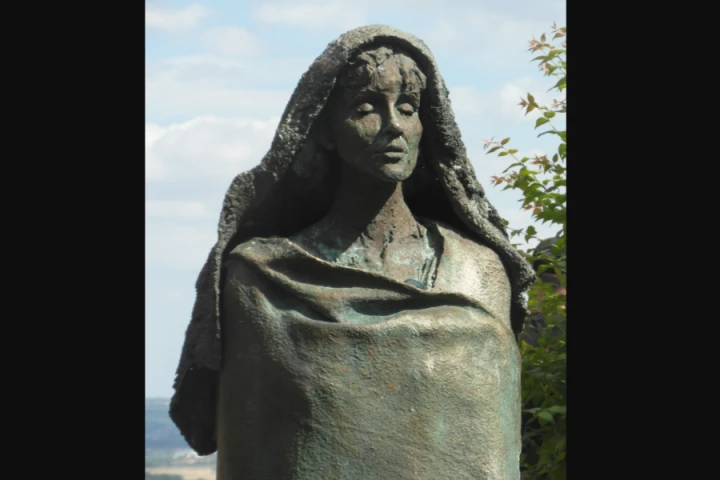Sep 17, 2014
How do modern, outspoken, confident women fit into the daily life of the Catholic Church? To find an answer to such age-old questions and fresh inspiration for today’s gutsy women, we need look no further than 12th-century Germany and the life and works of Hildegard von Bingen.
Hildegard von Bingen was the tenth child of a German noble family and dedicated to the Church at birth in 1198. At age eight, she was entrusted to a Benedictine monastery where the nuns spent their days studying, illustrating monastic publications, nursing the sick, and praying. Elected abbess at age 38, Hildegard’s career as writer, scientist, healer, and spiritual counsel began to take shape within her particular context of medieval monastic life and ecclesiastical power politics. Yet, however foreign and removed such a context might appear to us, her life and faith offer an intriguing example of faith in action to women today.
Hildegard’s visions of dramatic imagery and highly symbolic character and her interpretations of them as divine instruction (recorded in Scivias (“Know the Way of the Lord”), Liber vitae meritorum (Book of Life’s Merits), and Liber divinorum operum (Book of Divine Works) contained many pronouncements on the nature of femininity, its power and spiritual importance. Simultaneously, Hildegard’s accomplishments as an administrator, writer, scientist, and counselor reveal tremendous confidence and leadership. However, beyond seeking permission for any of her endeavors from the hierarchy, Hildegard revealed a deep humility and self-deprecation that ran as a thread through her publications and letters. Ego paupercula feminea forma (“I, a poor little figure of a woman”) was one of her favorite self-descriptions.
But how exactly did Hildegard turn such humility into strength? She had a strong practical sense and a spiritual openness to God’s plan for this world. Her deeply held convictions sprang from what God, as the “Living Light,” revealed to her. Despite her humility, or, more likely, because of it, her energy knew no bounds.


